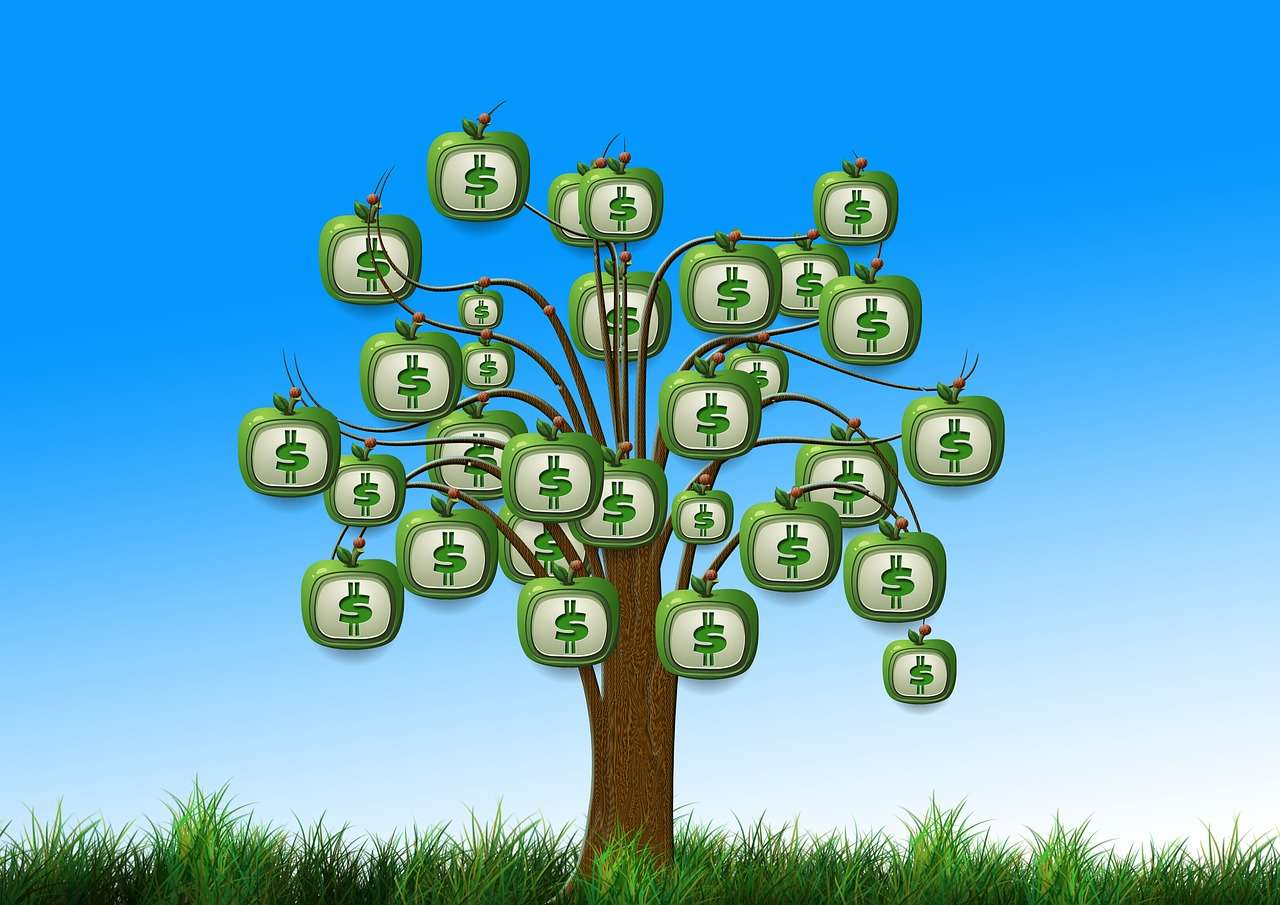No one likes to lose money, but the good news is that certain investment losses may be tax-deductible, so this is a good time of year to get an idea about how your investments are performing.
KNOW THE DIFFERENCE
Not all investment losses qualify for a federal tax deduction. First, you realize a capital gain or loss only by selling the investment. A paper loss on an investment that you continue to hold is not considered a loss for tax purposes, just as a paper gain isn’t a taxable event until you realize gains by selling the investment.
When you realize investment losses, offset them with investment gains. For example, let’s say you sell some investment losers for a $5,000 loss in 2018. You know this by subtracting what you sold the investment for from what you paid for it, called the basis. Then you sell a few winning investments that give you $4,000 in taxable gains. Subtract your loss from your gain, and you get a total loss, in this case, of $1,000.
CAP GAINS LIMIT
Not all capital gains and losses are treated the same. Long-term capital gains are on investments you hold for at least a year, while short-term investment results are realized when you sell an investment you owned for a shorter time period.
You also need to be aware of the annual $3,000 capital loss deduction limit. Losses over this amount may be carried forward to the next year’s tax return.
BE CAREFUL
Work with your accounting professional to make sure you can take advantage of tax-loss harvesting, as well as any other tax break the IRS offers. Also, some investments that are temporary losers may become long-term winners, so keep your long-term investing goals in mind before deciding whether to sell any investment.
originally printed in Client Line Newsletter
